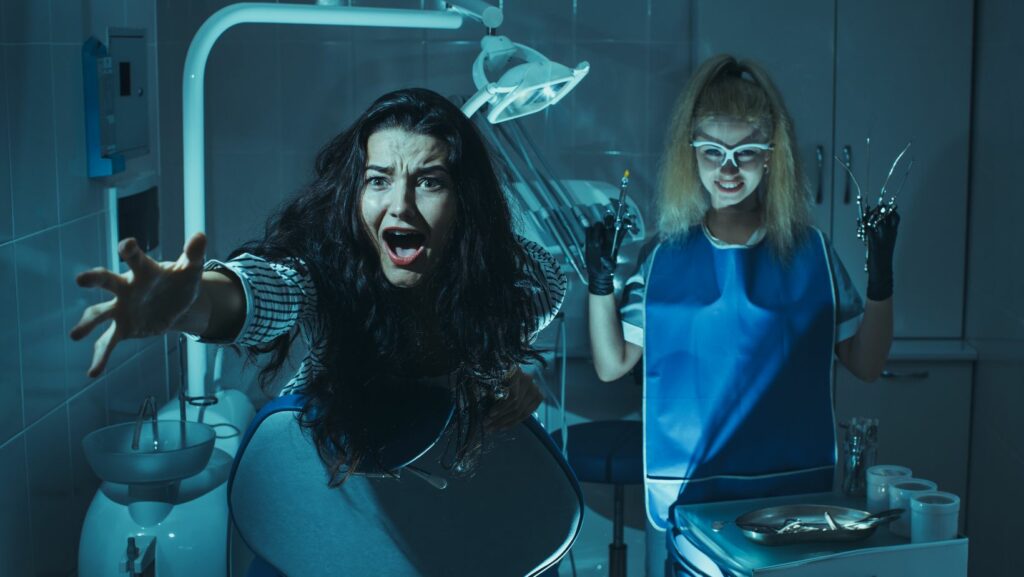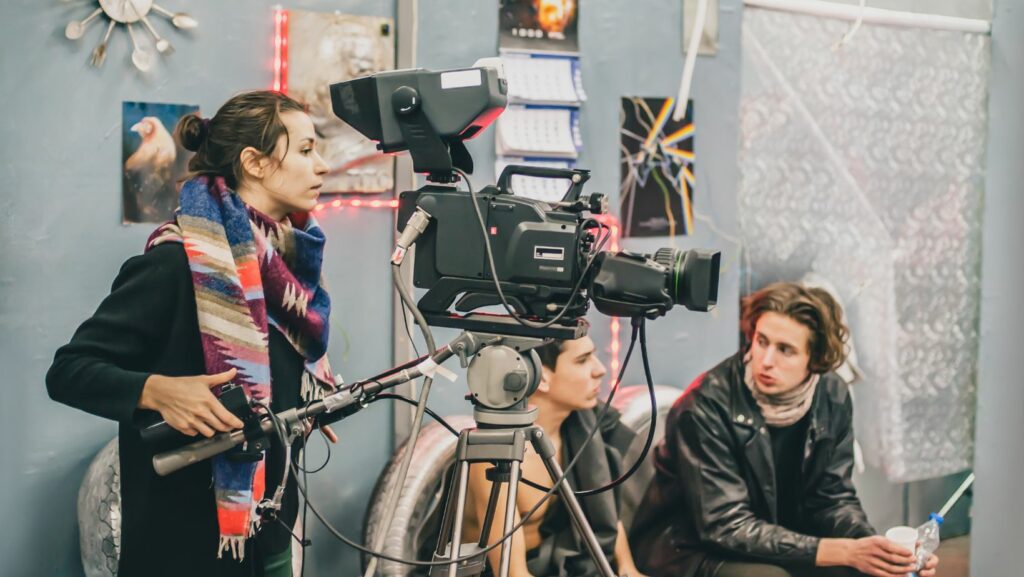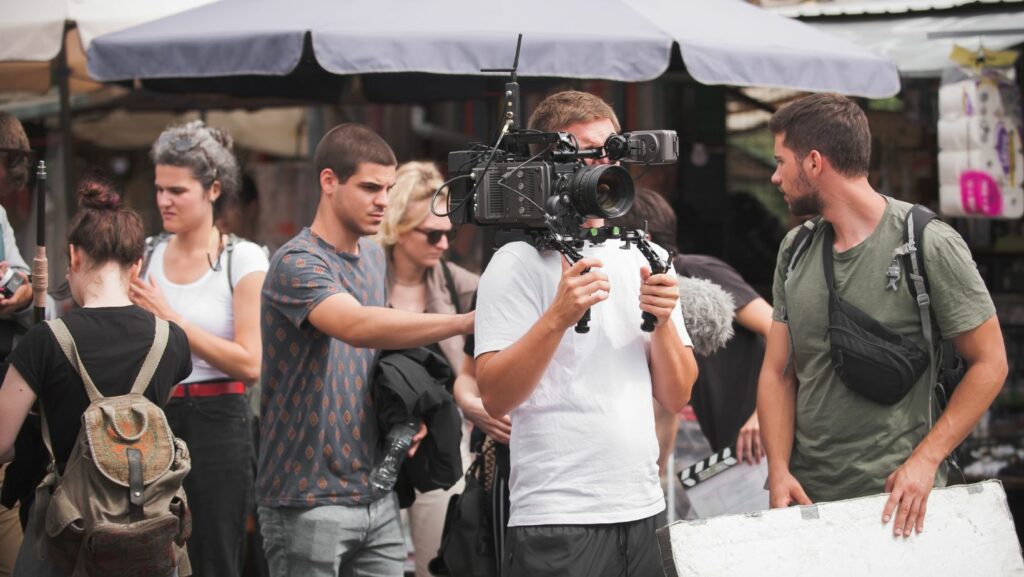Deep in the heart of the wilderness, where the shadows play tricks and the rustling leaves whisper untold secrets, horror finds its perfect stage. Welcome to the eerie world of forest horror movies, where nature’s serene beauty intertwines with the thrill of fear, creating a unique cinematic experience.
From the infamous Camp Crystal Lake to the haunted woods of Burkittsville, these movies have used the forest’s mystique to amplify our deepest fears. They’ve not only entertained us but also reshaped our perception of the great outdoors. So, buckle up as we journey into the dark, tree-lined corridors of terror, exploring the spine-chilling realm of forest horror movies.
Forest Horror Movies
 Dive into the magnetic pull of forest horror movies. An exploration of natural terror and key horrifying elements of forest settings awaits. Natural terror, an integral part of forest horror movies, fuels the genre’s appeal. Factors that magnify the fear factor include the unpredictability of nature. You never know what dangers lie hidden amidst lush foliage or within shadowy recesses. Furthermore, forests’ isolation amplifies the terror. In these remote settings, help’s often unreachable, creating a sense of desolation. For example, in Evil Dead, the secluded cabin in the forest contributed significantly to escalating tension.
Dive into the magnetic pull of forest horror movies. An exploration of natural terror and key horrifying elements of forest settings awaits. Natural terror, an integral part of forest horror movies, fuels the genre’s appeal. Factors that magnify the fear factor include the unpredictability of nature. You never know what dangers lie hidden amidst lush foliage or within shadowy recesses. Furthermore, forests’ isolation amplifies the terror. In these remote settings, help’s often unreachable, creating a sense of desolation. For example, in Evil Dead, the secluded cabin in the forest contributed significantly to escalating tension.
In “The Ritual,” the crunching of branches under an unseen entity escalates tension in the otherwise serene Nordic forest. In “The Forest,” the ambient sounds of Aokigahara forest become an eerie background, eerily overwhelming viewers with the illusion of lurking perils. Thus, by cleverly manipulating natural sounds, directors can transform ordinary forest settings into nerve-wracking terrains of horror.
Iconic Forest Horror Movies Through the Decades
 Get ready for a spine-chilling journey through the decades, with a focus on forest horror masterpieces, both classic and contemporary. Join a spooky trip down memory lane, highlighting iconic forest horror movies of yesteryears. Flicks like “The Evil Dead” (1981), centering on a group of friends getting terrorized in an isolated cabin, exemplified the genre’s essence. Alfred Hitchcock’s “Psycho” (1960), set partly in a remote woodland, provided nail-biting suspense despite limited technical resources. Another classic, “Friday the 13th” (1980), used the setting of Camp Crystal Lake to deliver fear in its purest form. These movies cleverly exploited the fear of the unknown and darkness in forest settings, a tactic that filmmakers still use today.
Get ready for a spine-chilling journey through the decades, with a focus on forest horror masterpieces, both classic and contemporary. Join a spooky trip down memory lane, highlighting iconic forest horror movies of yesteryears. Flicks like “The Evil Dead” (1981), centering on a group of friends getting terrorized in an isolated cabin, exemplified the genre’s essence. Alfred Hitchcock’s “Psycho” (1960), set partly in a remote woodland, provided nail-biting suspense despite limited technical resources. Another classic, “Friday the 13th” (1980), used the setting of Camp Crystal Lake to deliver fear in its purest form. These movies cleverly exploited the fear of the unknown and darkness in forest settings, a tactic that filmmakers still use today.
In the new millennium, forest horror continues to thrive with fresh narratives and sophisticated techniques. Films such as “The Ritual” (2017), with its psychologically daunting Nordic forest, and “The Forest” (2016), set in Japan’s eerie Aokigahara forest, both evoked terror in unique ways. The found-footage format of “The Blair Witch Project” (1999) still inspires modern films, an example being the chilling “Willow Creek” (2013). These contemporary flicks further heighten the terror quotient, using avant-garde storytelling techniques and special effects. From spine-chilling narratives to awe-striking visual effects, modern forest horror movies take the genre to new heights while honoring the age-old tradition of fear in forest settings.
Psychological Impact of Forest Settings in Horror Films
 Step further into the shadow-draped woods of forest horror movies to dissect the psychological impact that such settings wield. This section explores how the isolation and wilderness of forest settings manipulate our primal fears, and how subtleties, such as natural sounds, contribute to constructing an eerie atmosphere.
Step further into the shadow-draped woods of forest horror movies to dissect the psychological impact that such settings wield. This section explores how the isolation and wilderness of forest settings manipulate our primal fears, and how subtleties, such as natural sounds, contribute to constructing an eerie atmosphere.
Seclusion in nature’s wild expanse tends to amplify trepidation in forest horror films. Forests, vast, untamed, and teeming with the unknown, unsettle human comfort in predictability and control. For example, in “The Evil Dead,” the protagonists’ seclusion acts as a horrifying element itself, removing them from familiarity and pushing them towards the dread of the unknown. Similarly, in “The Blair Witch Project,” the isolation amplifies fear by disorienting the protagonists, making the forest seem alive and malevolent. Distanced from civilization, the wilderness evolves into an entity of terror, its expansive and uncontrollable nature preying on age-long human fear and panic.
The Use of Natural Sounds to Build Tension
Forest horror movies adeptly use natural sounds to construct an undertone of disturbance and unease. The benign whisper of wind, the rustling of leaves, or the innocent hooting of an owl serve as anchors for suggested threats, making viewers constantly anticipate danger.



